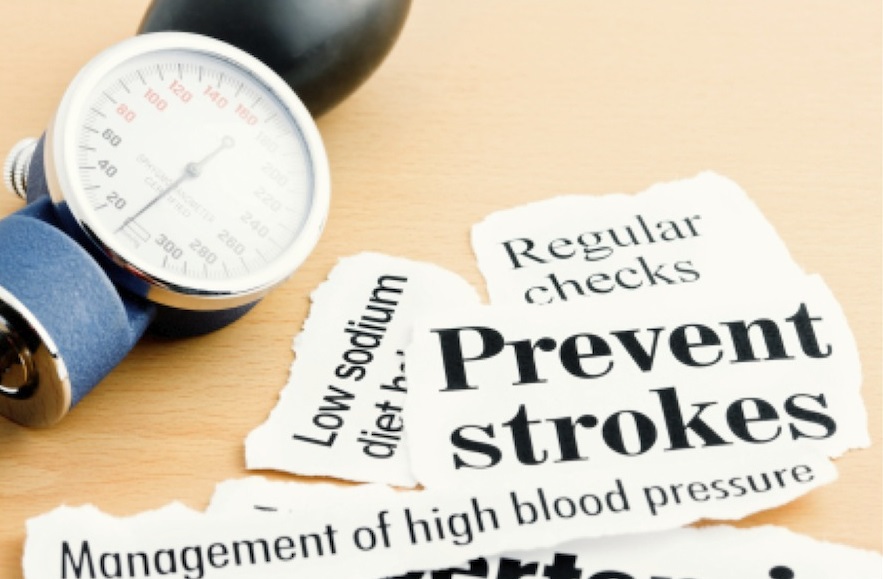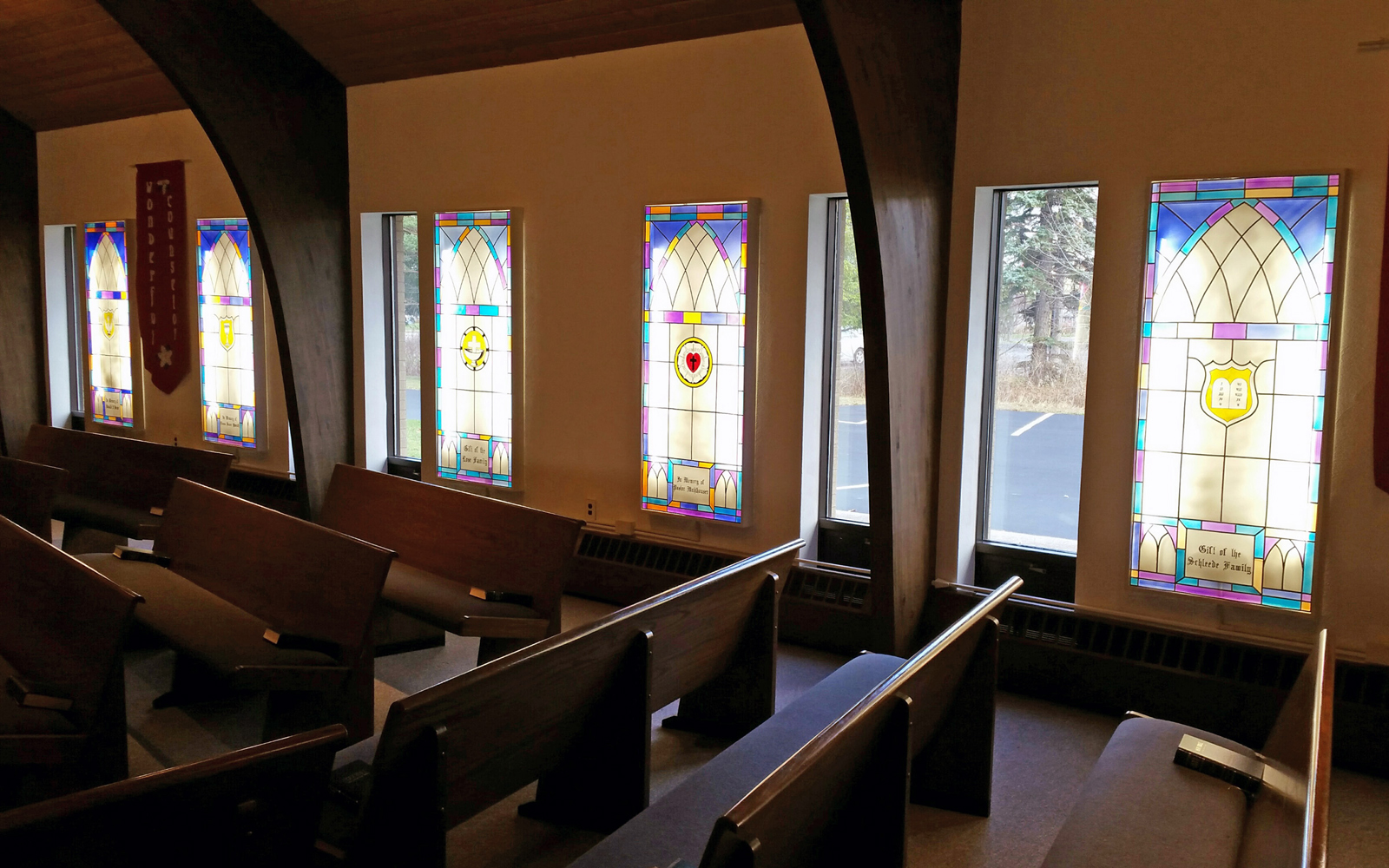Ways to reduce the risk of stroke

Strokes can happen to anyone, at any age, and they don’t stop because of a pandemic. About one in four people worldwide have a stroke – the world’s number two killer and a leading cause of disability. But up to 80 percent of strokes may be prevented. Much of what puts you at risk for a stroke (uncontrolled high blood pressure, smoking, or obesity) increases your risk for complications due to COVID-19.
High blood pressure is the leading preventable cause of stroke. About half of U.S. adults have high blood pressure, and only 25 percent have it under control. “Checking your blood pressure regularly and getting it to a healthy range is one of the most important things you can do to reduce your risk of stroke,” said Mitchell S. V. Elkind, M.D., M.S., FAHA, FAAN, president of the American Heart Association and professor of neurology and epidemiology at Columbia University in New York City.
These tips can help keep your blood pressure in a healthy range (120/80), and lower your stroke risk:
•Join the team. Work with your doctor and other health care professionals to manage your blood pressure through lifestyle changes and/or medication.
•Take medications as prescribed. If you have been prescribed blood pressure medications, take them as prescribed. Check the labels on over the counter cold or flu medications, as some may elevate your blood pressure. If you have high blood pressure, NSAIDs may cause elevated blood pressure, so consider acetaminophen instead.
•Eat colorful fruits and veggies. A heart-healthy diet may help lower blood pressure over time.
•Rest up. Getting seven to nine hours of quality sleep each night can improve brain function. Sleep-related breathing issues may increase stroke risk, so seek treatment right away if you suspect sleep apnea or a similar problem.
•Meditate. Practicing mindfulness and being aware of your breathing may significantly reduce blood pressure.
•Be active. Adults should get at least 150 minutes per week of moderate activity or 75 minutes of vigorous activity (or a combination). Two days per week of moderate- to high-intensity muscle strengthening activity is also recommended.
In addition to managing your own risks, Elkind and the American Stroke Assocation advise all people to be ready to save a life by remembering the most common stroke warning signs using the acronym FAST – F for face drooping, A for arm weakness, S for speech difficulty, and T for time to call 911.
“Getting emergency medical treatment for a stroke is safe, even during the pandemic,” Elkind said. “Calling 911 helps treatment start even before you reach the hospital, improving chances for a better recovery.”
For more information, visit www.stroke.org.
Provided information





